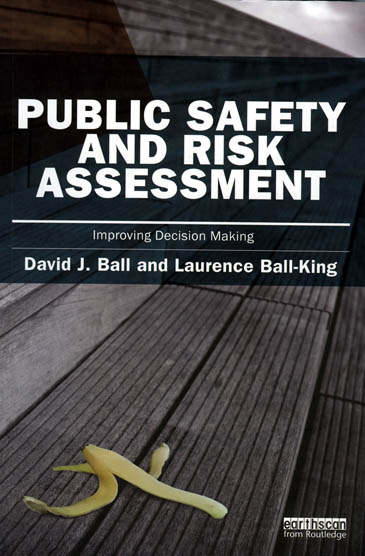Carrying on where we left off yesterday… click here

“Adventure sports bring considerable health benefits, both physical and psychological, and this is now fairly common knowledge. Even in relation to children, the educational benefits of adventure activities are coming to be widely accepted.”
The coalition Government is planning to abolish the Adventure Activities Licensing Authority, set up after the 1993 Lyme Bay tragedy in which four teenagers died while sea kayaking. The authors say the act that set up AALA was an overreaction and disproportionate. However, when seven members of the Association of Heads of Outdoor Education Centres were surveyed on how the regulatory regime operates, there was an overwhelmingly positive attitude to AALA.
Virtually all the respondents agreed the quality of outdoor centres had been improved by the AALA regime, particularly ‘at the lower end’.
They point out that AALA conducts inspection by the specialist sector but answerable to Government, as opposed to inspection by the sector and answerable to the sector, which is likely to be the position after its abolition.
Public Safety and Risk Assessment argues strongly in favour of a concept called risk benefit analysis.
This tries to weigh up a tolerance of some risks, in exchange for the benefits of the activity, with the public taking back some degree of responsibility for their own actions.
This, it says, is designed to manage risk while properly looking after the public’s safety and health and welfare.
Risk benefit analysis is certainly not without difficulties. Balancing the disadvantages of risks with the advantages of the activities is like comparing apples and pears and the authors freely admit it is not easy.
Establishing risk benefit analysis as an acceptable widespread procedure will entail pitting traditional analysis of risk against a more intuitive evaluation of benefits using developing knowledge and experience, all judged against firm policies decided in advance.
It will need a very different approach from that adopted widely at present. How optimistic they can be about the acceptance of risk benefit analysis is not made clear by the writers.
If there are faults in this book, they are that it can seem repetitive at times, covering similar ground. Perhaps this is a consequence of the co-authorship; perhaps a necessity of the complex subject it covers.
Also, there is a tacit acceptance that what might be viewed as political approaches to health and safety, for example Lord Young’s report, upon which the abolition of AALA is founded, are to be accepted seemingly without question or balancing opposing political approaches. The abolition of ‘red tape’ is at the heart of much political contention at the moment. Although politics is noted as part of the application of health and safety, this is not fully explored.
One is left at various points in the book with the feeling that political statements are accepted too readily, and this diminishes the authority of the book’s standpoint.
Who should read Public Safety and Risk Assessment? The book treads an uneasy path between an academic tome and a general-interest publication. It is unlikely to hit the bestsellers’ list, but is detailed and thought-provoking enough to be essential reading for many professionals in the outdoor industry, while having enough content to interest an enthusiastic outdoors participant – one of those hundreds of thousands for whom ‘risk itself is such an integral part of the activity’.
We at Boots N Paddles wholeheartedly believe that particpation in outdoor activities, with proper planning and risk assessment, is an essential part of growing up for young people and we will do all that we can do encourage people to get out and enjoy themselves. We welcome any discussion about the subject matter with a view to getting people outdoors.
Did you find this interesting? Why not share it with your friends?
Publisher: Earthscan
ISBN 978-1-84971-381-8
